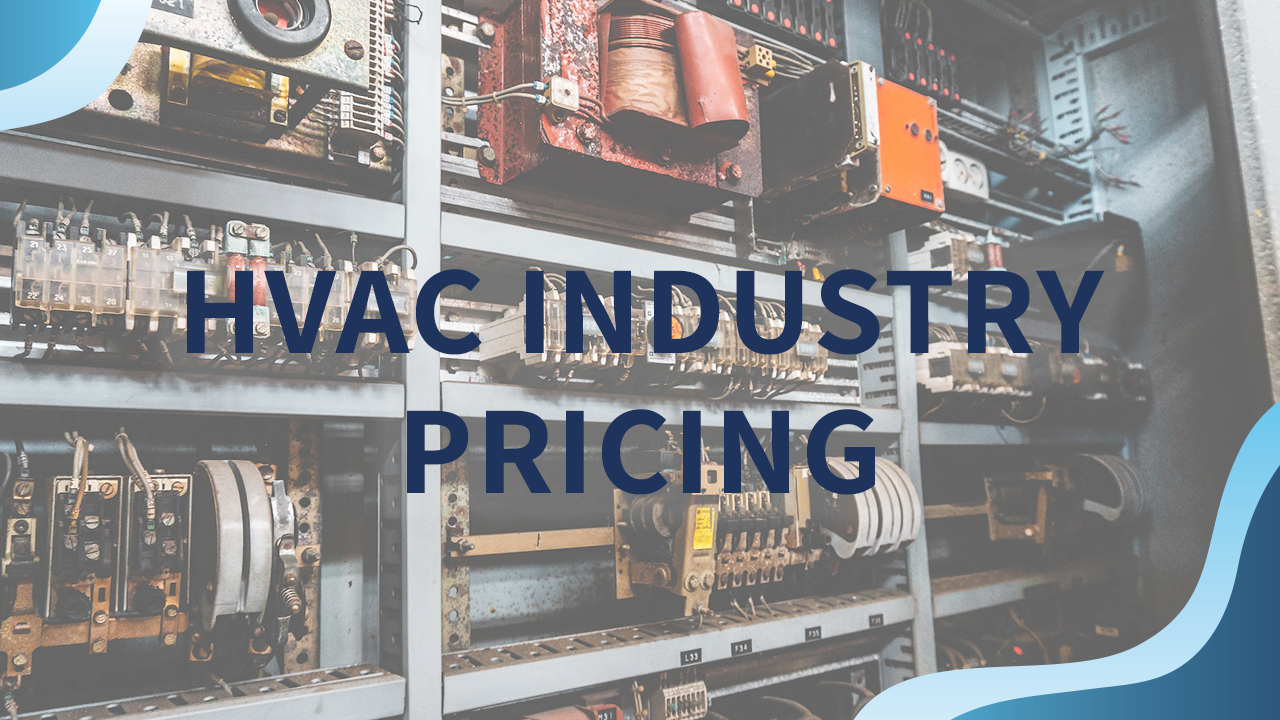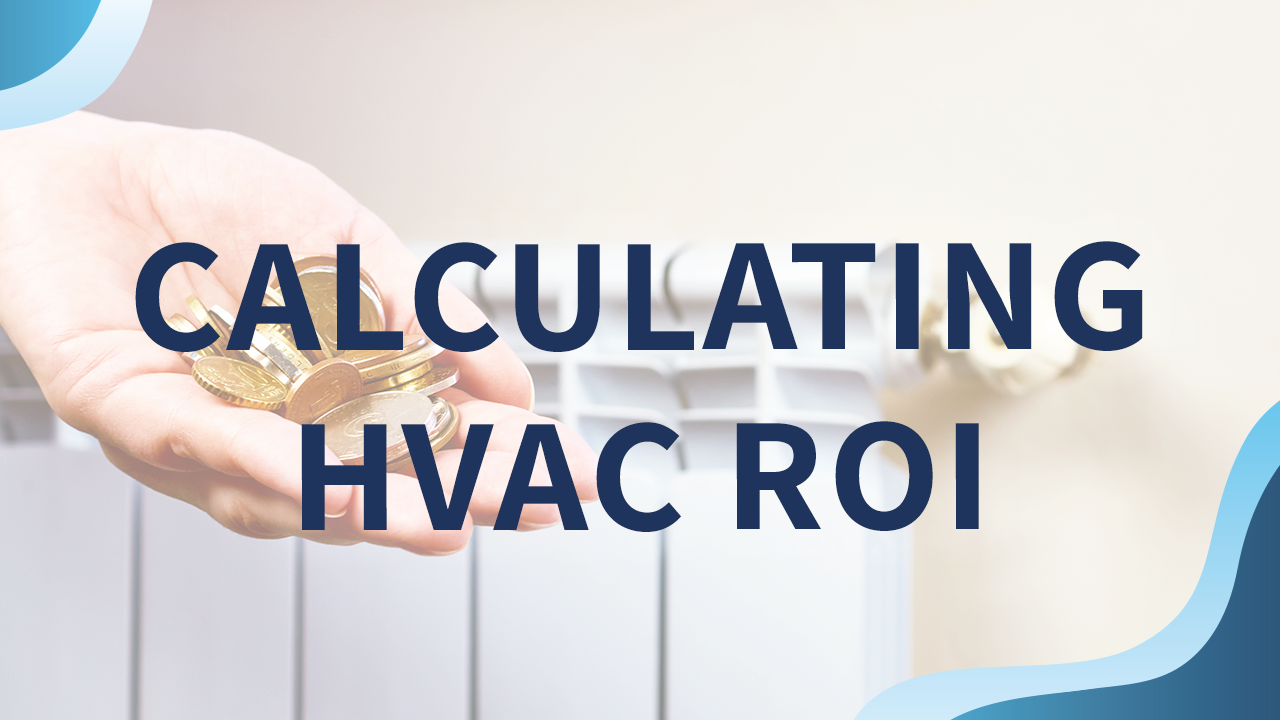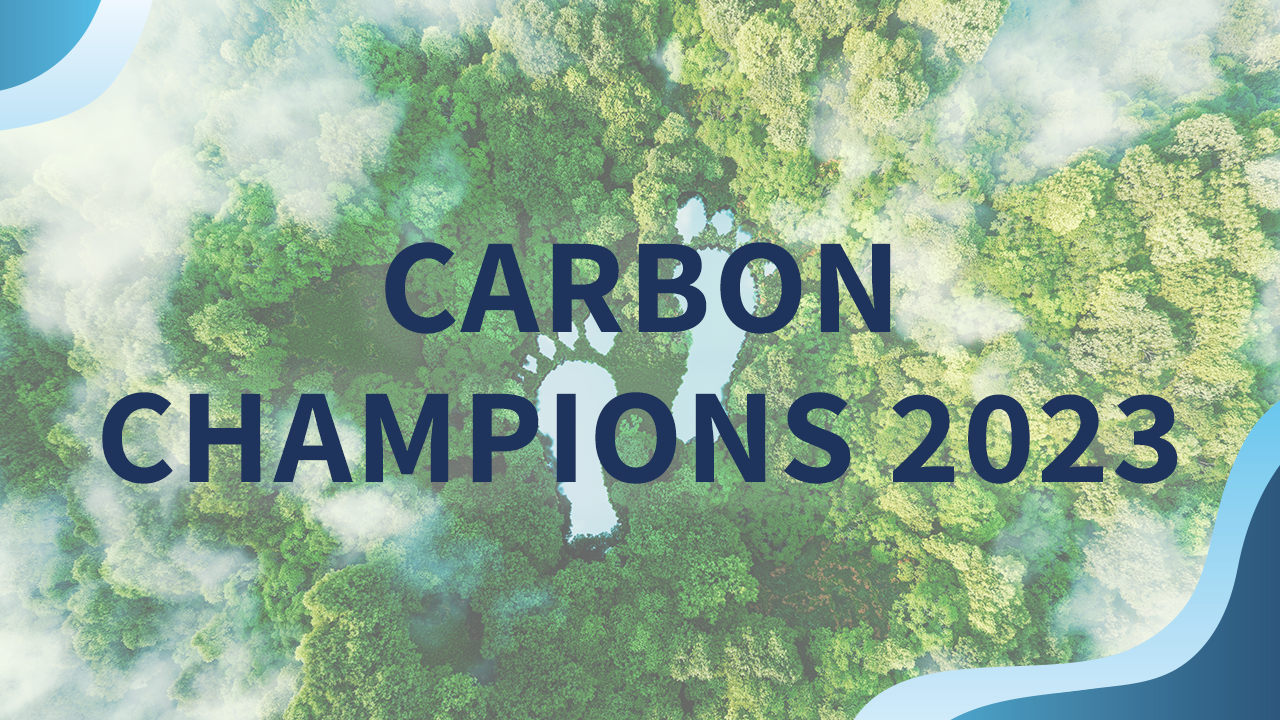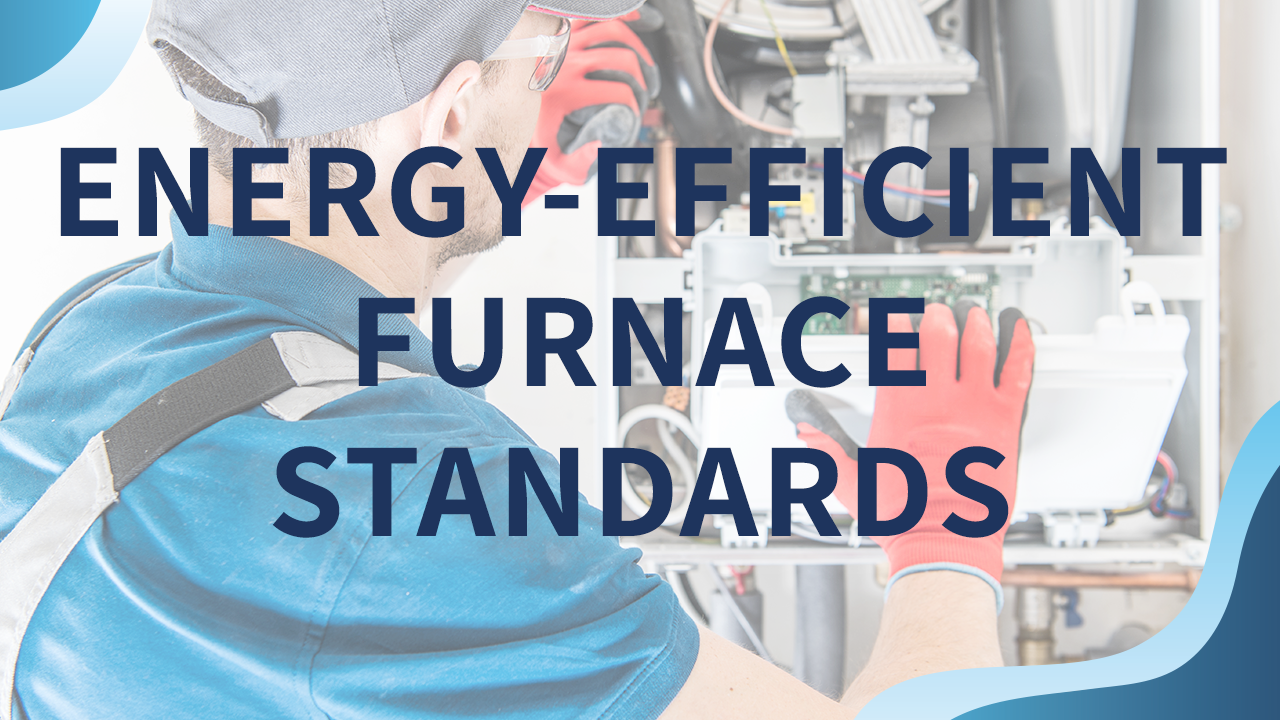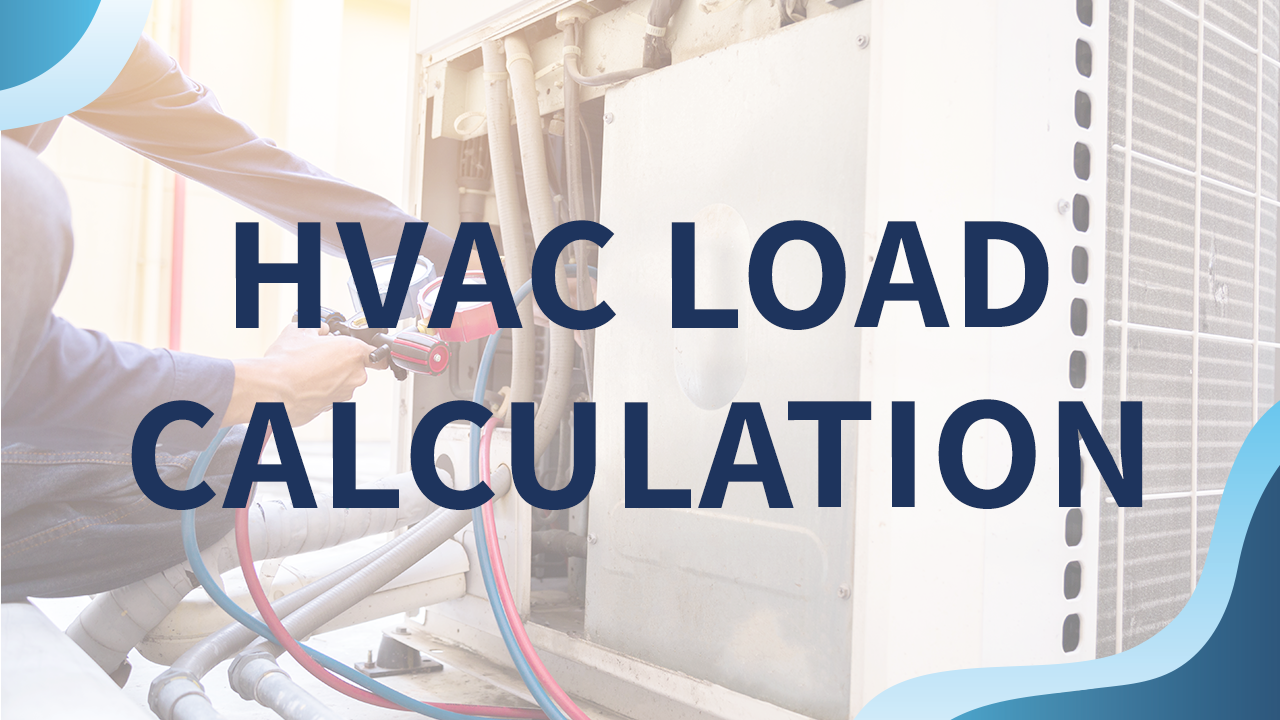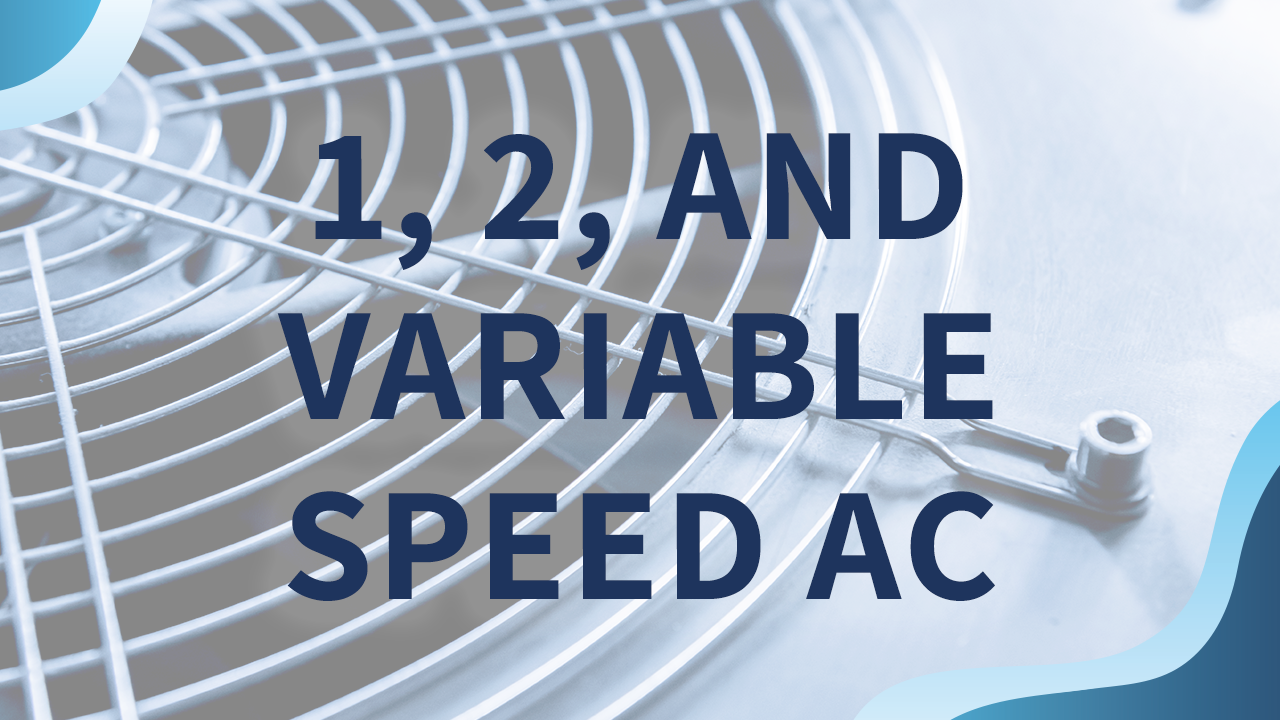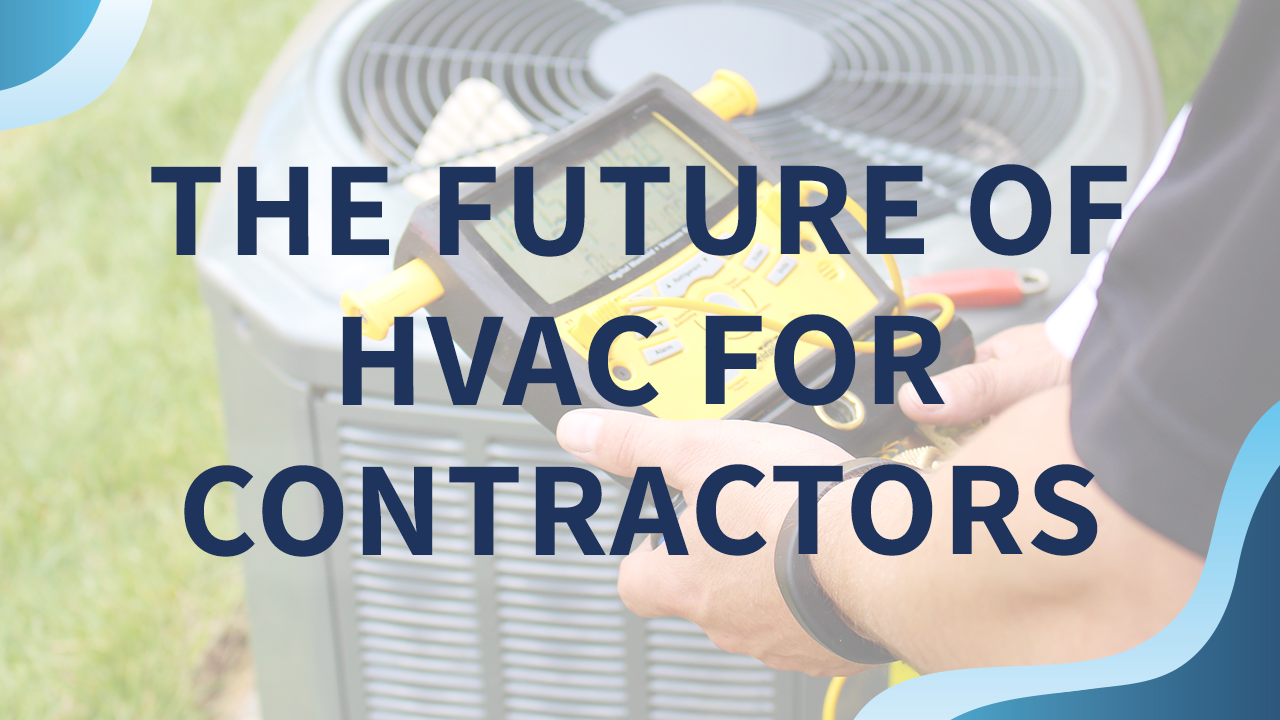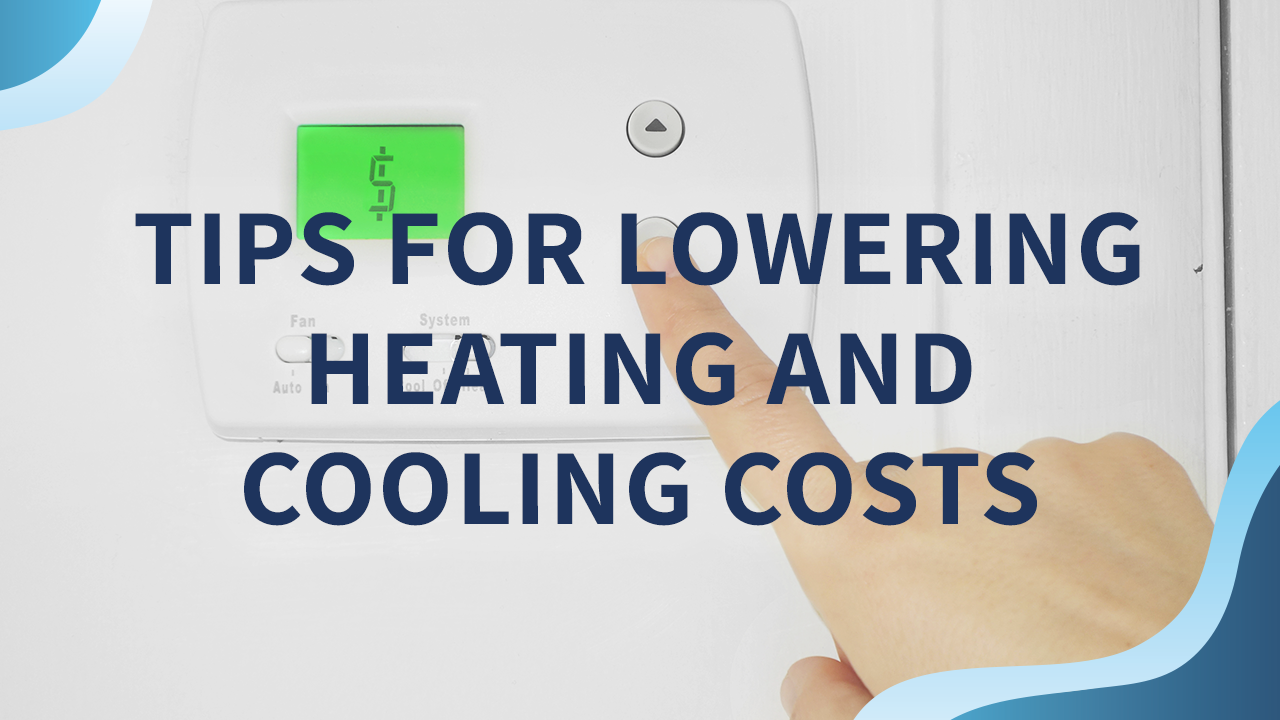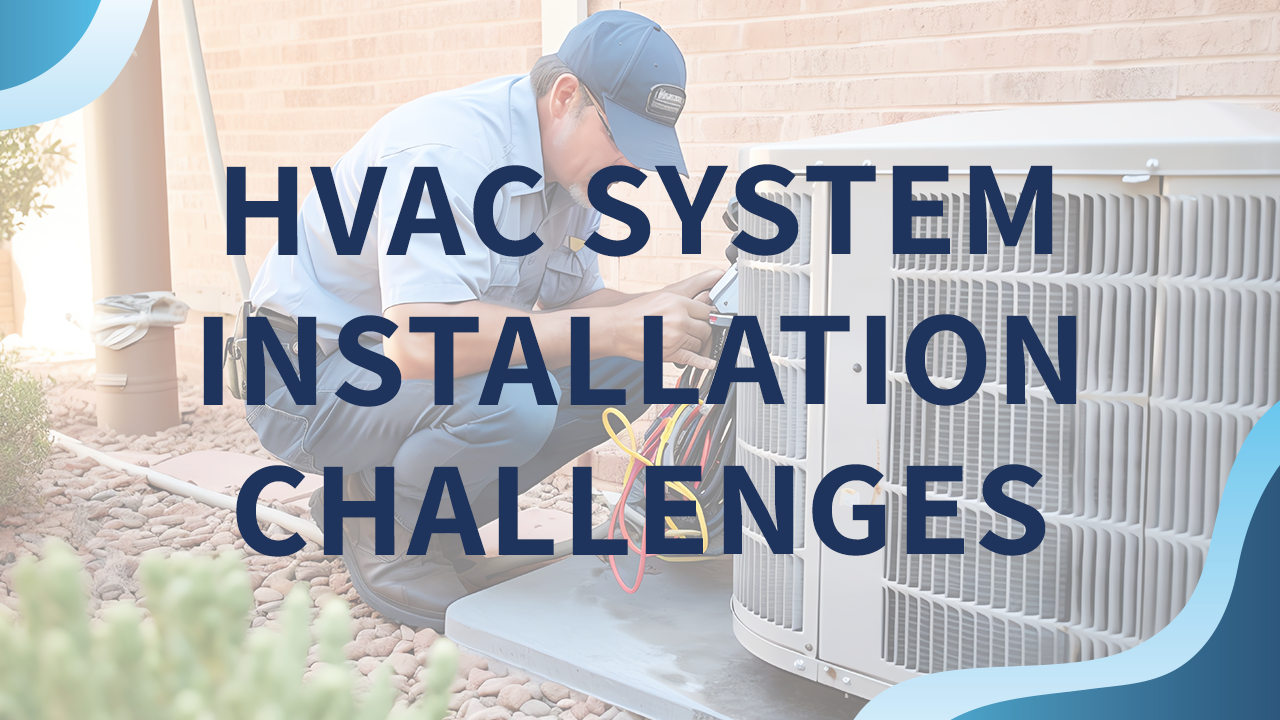In the dynamic world of the HVAC industry, 2024 marks a year of significant pricing shifts and emerging challenges. This article delves deep into the factors driving HVAC industry pricing, offering a comprehensive analysis of how escalating costs are reshaping consumer choices and industry practices. From the impact of raw material cost increases to supply shortages and regulatory changes, the article explores the multifaceted reasons behind the surge in HVAC expenses.
It also examines the global trends, comparing the diverse market dynamics in different regions. Additionally, the article highlights the bright side of this scenario: the long-term cost savings and environmental benefits of investing in energy-efficient HVAC systems. As we navigate through these changes, understanding these factors becomes crucial for consumers, professionals, and stakeholders in the HVAC industry.
“What trends are affecting HVAC pricing in 2024? The following factors have played a major role in HVAC costs and will continue to impact the rate of inflation in the future.”


Increased Demand
The Covid-19 pandemic led to increased demand for HVAC products and services on a couple of fronts. First, people spent far greater amounts of time in their homes in 2020 and 2021, leading to increased HVAC usage. This boost in usage led to more service demands. Many, however, also took the opportunity to make investments in their homes, including upgrading their HVAC equipment. Combined, these factors led to increased demand which in turn led to price increases starting in 2021 that continued in 2024 and beyond. As the weather warms up, seasonal price increases typical to the industry will only exacerbate the inflation.
Raw Materials Increases
Industries around the world are experiencing inflation because of increases in raw materials costs, and the HVAC sector is no exception. According to the U.S. Bureau of Labor Statistics, the cost of raw materials like steel and copper has increased significantly over the past year. Other raw materials that have seen increases include aluminum and lumber, both of which are used to manufacture systems and equipment. When the cost of raw materials increases, manufacturers must pass these costs on to consumers by increasing the price of equipment.
Supply Shortages
The global semiconductor shortage has also impacted the HVAC industry in 2024. HVAC systems with higher efficiencies – including variable speed HVAC, multi-speed central air, heat pumps, and mini-split HVAC systems – require semiconductor chips to function, and the shortage has caused issues with manufacturing new units. The lower supply – combined with the increased demand – further contributes to the overall HVAC inflation and pricing increases. This issue most greatly impacts the supply of highly efficient HVAC systems and their parts. The pricing increase will also affect the need to repair or replace PC boards within existing systems.
Fuel Costs
Anyone who hasn’t been living under a rock for several months is well aware of the skyrocketing costs of fuel, especially the diesel used to operate HVAC trucks and transportation vehicles. As with any business, those increased costs to service technicians will be passed along to the consumer with increased service costs. Likewise, the higher cost of fuel to deliver equipment from the manufacturer further contributes to HVAC inflation and the rising prices of new HVAC equipment. Because of the rising cost of fuel, some HVAC companies might even reduce the sizes of their service areas to help control their travel costs.


Consumer Impact Analysis: Navigating the HVAC Pricing Surge
As the HVAC industry witnesses unprecedented pricing increases in 2024, consumers are facing new challenges and decisions. This surge, influenced by various factors such as raw material costs, supply chain disruptions, and increased demand, significantly impacts household budgets and long-term investment plans in home infrastructure.
A Closer Look at the Financial Strain
The magnitude of the price hike – in some cases up to 38% – is not just a statistic; it translates into substantial additional expenses for homeowners. For instance, a family planning to replace their aging HVAC system may find the cost substantially higher than anticipated, straining their budget. This increase is especially burdensome for those in regions with extreme weather, where HVAC systems are not just a comfort but a necessity.
Delayed Decisions and Long-Term Costs
Many consumers, faced with these steep prices, might opt to delay replacing old systems. While this may seem like a short-term financial reprieve, it can lead to increased maintenance costs and higher utility bills due to the inefficiency of older units. This delay could paradoxically lead to more expenses in the long run.
The Silver Lining: Energy-Efficient Options
On the brighter side, this situation has prompted many consumers to consider energy-efficient HVAC systems. Despite the higher initial investment, these modern systems offer long-term savings through reduced energy consumption. Government rebates and incentives for energy-efficient appliances further aid in mitigating the upfront costs.
Adapting to the New Normal
As consumers navigate this new landscape, they’re becoming more informed about their choices. Many are consulting with HVAC professionals to understand the long-term benefits of different systems, rather than just the upfront costs. This informed decision-making is crucial in a time where investing in an HVAC system is not just about comfort, but also about energy efficiency and financial planning.
Comparative Global Market Trends: HVAC Pricing Across the World
The HVAC industry’s pricing dynamics in 2024, particularly in the United States, provide a compelling narrative when contrasted with global trends. Understanding these differences not only highlights the unique challenges faced by various regions but also offers insights into the global HVAC market’s future trajectory.
North America: A Tale of Rising Costs
In North America, particularly the U.S., the HVAC industry has been significantly impacted by raw material price hikes and supply chain disruptions, leading to substantial cost increases. This situation is exacerbated by specific challenges such as semiconductor shortages and regulatory changes, further driving up prices.
Europe: Regulatory Influence and Energy Efficiency
European markets, while also facing increased costs, have a different set of influencing factors. Stringent environmental regulations and a strong push towards energy efficiency are shaping the industry. These factors drive innovation but can also lead to higher costs for advanced, eco-friendly HVAC systems.
Asia-Pacific: Rapid Growth and Diverse Challenges
The Asia-Pacific region, marked by rapid urbanization and industrialization, faces a different set of challenges. While some areas experience high demand driving up prices, others are introducing more affordable and efficient HVAC systems to cater to a burgeoning middle class. This region’s diverse economic landscape presents a varied picture of HVAC pricing.
Middle East and Africa: Climate Change and Economic Factors
In the Middle East and Africa, HVAC systems are crucial due to extreme climatic conditions. However, economic factors and the availability of resources play a significant role in determining prices. Some areas are investing heavily in advanced cooling systems, while others struggle with accessibility and affordability issues.
Latin America: Economic Volatility and Market Potential
Latin America shows a mixed trend, with some countries experiencing economic volatility impacting HVAC costs. However, there’s also a growing market potential due to urbanization and increased awareness of energy-efficient systems.
Global Trends: A Reflection of Local Realities
What becomes evident is that global HVAC market trends are deeply influenced by local economic conditions, regulatory environments, technological advancements, and climate change realities. While some regions prioritize innovation and efficiency, others focus on affordability and basic access.


Energy Efficiency and Cost Savings: The Bright Side of HVAC Upgrades
In the face of rising HVAC industry costs in 2024, a significant silver lining emerges: the potential for long-term savings through energy-efficient systems. This section delves into how investing in modern, efficient HVAC technology can offset initial price increases by reducing future energy bills and maintenance costs.
Understanding Energy Efficiency in HVAC Systems
Energy efficiency in HVAC systems is gauged by how effectively they use energy to heat or cool a space. Modern systems are designed to provide maximum comfort while consuming less energy compared to older models. This efficiency is not just about environmental stewardship; it translates directly into cost savings for the consumer.
The Long-Term Financial Benefits
While energy-efficient HVAC systems might have a higher upfront cost, they offer significant long-term financial benefits. These systems use less energy to operate, leading to lower monthly utility bills. Over time, these savings can add up to offset the initial investment. Additionally, efficient systems often come with longer lifespans and reduced maintenance requirements, further saving money in the long run.
Government Incentives and Rebates
To encourage the adoption of energy-efficient systems, many governments offer incentives, rebates, or tax credits. These programs can significantly reduce the initial cost of purchasing a new HVAC system. Consumers are advised to research local incentives and factor these into the total cost of ownership calculations.
The Role of Smart HVAC Technologies
Advancements in smart technology have further enhanced the energy efficiency of HVAC systems. Smart thermostats, for instance, can learn a household’s routine and adjust heating and cooling automatically for optimal energy use. Such technologies not only provide convenience but also contribute to energy savings.
The Environmental Impact
Besides the cost benefits, energy-efficient HVAC systems have a lower environmental impact. They reduce the carbon footprint of households by using less energy, which is crucial in the global effort to combat climate change. This aspect is increasingly important to environmentally conscious consumers.
Choosing the Right System
Selecting the right energy-efficient HVAC system involves considering factors like the size of the space, climate, and specific household needs. Consulting with HVAC professionals can help consumers make informed decisions that balance cost, efficiency, and comfort.
Motili: Shaping HVAC Trends in 2024 and Beyond
As the industry approaches 2024, these upcoming HVAC trends showcase a sector in significant evolution.
From the rise of heat pumps and the reduction of HFCs to the integration of 3D printing and smart technology, the industry is embracing change.
HVAC as a Service model and increased sustainability efforts reflect a shift towards long-term customer relationships and environmental stewardship.
Meanwhile, the focus on indoor air quality underscores a commitment to health and well-being.
As these trends gain traction, companies like Motili are at the forefront, offering innovative solutions that align with the industry’s future.
Whether implementing more sustainable practices or embracing smart HVAC technologies, Motili’s commitment to quality and efficiency ensures that it remains a key player in shaping the landscape of modern HVAC solutions.
